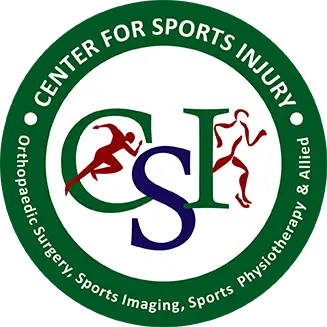If you have persistent pain, catching, or swelling in your knee, a procedure known as arthroscopy may help relieve these problems.
Arthroscopy allows us to diagnose and treat knee disorders by providing a clear view of the inside of the knee with small incisions, using a pencil-sized instrument called an arthroscope. The scope allows the transmission of an image of your knee through a small camera to a television monitor. The image allows us to thoroughly examine the interior of the knee and determine the source of the problem. During the procedure, we also can insert surgical instruments through other small incisions in your knee to remove or repair damaged tissues.
With improvements in arthroscopes and higher-resolution cameras, the procedure has become highly effective for both the accurate diagnosis and proper treatment of knee problems.

The knee is the largest joint in the body and one of the most easily injured. It is made up of the lower end of the thigh bone (femur), the upper end of the shin bone (tibia), and the knee cap (patella), which slides in a groove on the end of the femur.
Four bands of tissue-the anterior and posterior cruciate ligaments and the medial and lateral collateral ligaments-connect the femur and the tibia and provide joint stability. Strong thigh muscles give the knee strength and mobility.
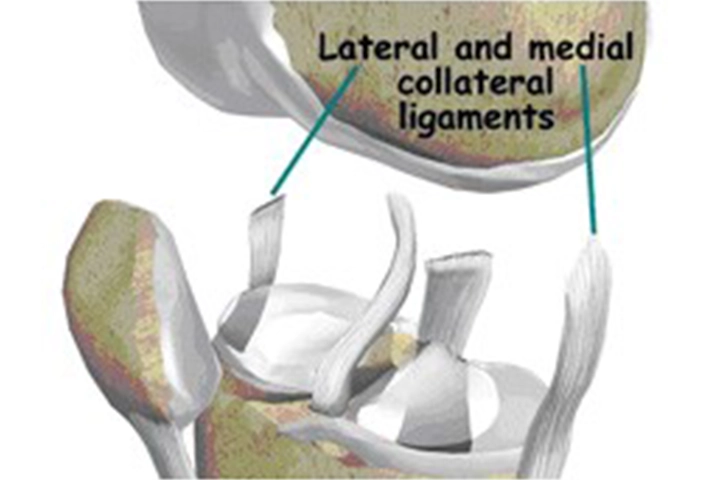
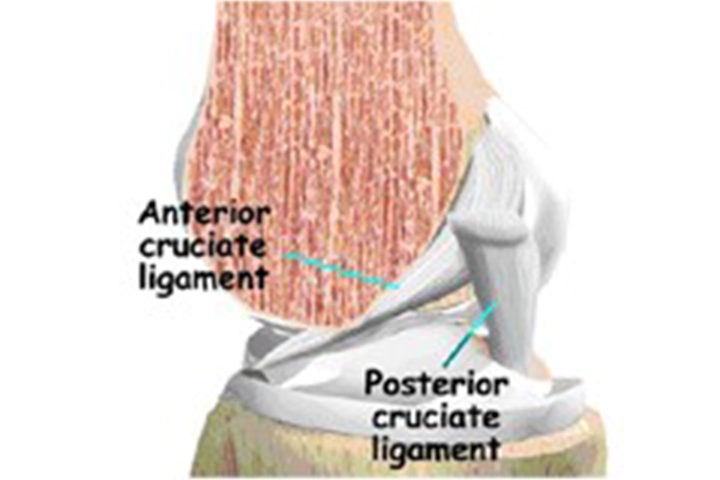
The surfaces where the femur, tibia, and patella touch are covered with articular cartilage. Articular cartilage is a smooth substance that cushions the bones and enables them to glide freely. Semicircular rings of tough fibrous cartilage tissue called the lateral and medial menisci, act as shock absorbers and stabilizers.
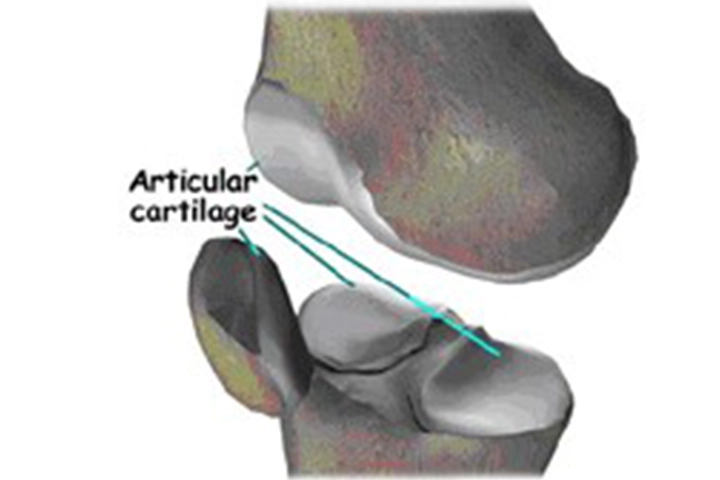

The bones of the knee are surrounded by a thin, smooth tissue capsule lined by a thin synovial membrane. The synovium releases a special fluid that lubricates the knee, reducing friction to nearly zero in a healthy knee.
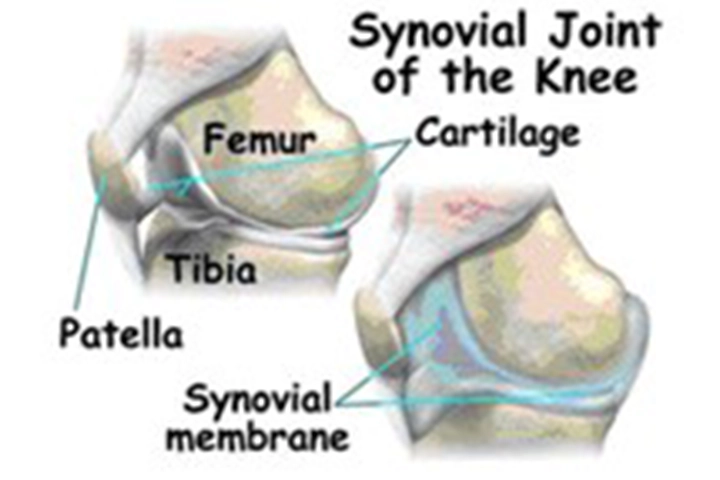
Normally, all parts of the knee work together in harmony. Sports, work injuries, arthritis, or weakening of the tissues with age can cause wear and inflammation, resulting in pain and diminished knee function. Arthroscopy can be used to diagnose and treat many of these problems:
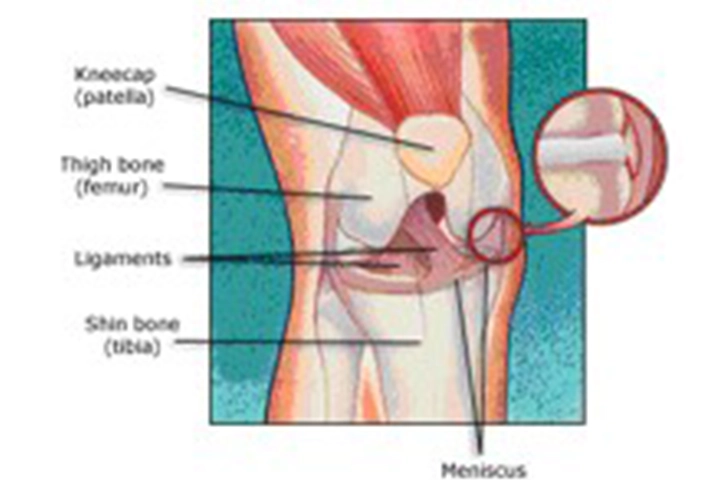
Following problems in the knee joint usually can be seen with an arthroscope.
- Torn meniscal cartilage.
- Loose fragments of bone or cartilage.
- Damaged joint surfaces or softening of the articular cartilage, known as chondromalacia.
- Inflammation of the synovial membrane, such as rheumatoid or gouty (crystalline arthropathy) arthritis.
- Abnormal alignment or instability of the kneecap.
- Torn ligaments, including the anterior and posterior cruciate ligaments.
By providing a clear picture of the knee, arthroscopy can also help us decide whether other types of reconstructive surgery would be beneficial.
Following knee arthroscopic procedures are performed at CSI:
- ACL Tear Repair/ Reconstruction Surgery
- MPFL Reconstruction
- PCL Repair
- Meniscal Repair
- Meniscectomy
- Mosaicplasty
- OATS
- Stiff Knee Surgery
- Knee Synovitis Surgery
ACL Tear occurs when the knee faces twisting movement or hyperextension while playing contact sports such as football, soccer, etc. Thus, ACL injury usually occurs by rapidly changing directions, sudden stopping, slowing down, or incorrect landing from a jump.
When the injury occurs to the ACL, a usual “pop” sound is heard and one may feel that their knee is giving way. There occurs a buckling sensation in the knee with twisting movement. The symptoms of ACL Tear include severe pain, swelling, and instability.
The Anterior Cruciate Ligament or ACL is one of the prime ligaments stabilizing the knee joint. Its location in the middle of the knee joint running from the femur (thighbone) to the tibia (shinbone) along with the PCL stabilizes the rotational movements of the knee joint.
When the ACL is injured, the stability of the knee joint is compromised. The knee becomes swollen, unstable, and highly painful to bear weight.
X-rays do not show the ACL Tear but if the knee fracture is accompanied by ACL Tear, it can be seen in the X-ray film.
A Torn Ligament including the ACL cannot heal on its own as it is contained within the joint. Depending upon the level of ACL tear, your orthopedic surgeon will guide you on the course of treatment that would be the best for you.
Non-surgical treatment is usually recommended in patients with partial tears and no stability symptoms. However, the torn ACL Tears are repaired via surgery only.
Both ACL Repair and ACL Reconstruction are treatments for torn ACL, however, they differ significantly. In ACL Repair, the torn ACL is reattached and the original ligament is preserved whereas in ACL Reconstruction, the damaged ligament is replaced with a tissue obtained from either a donor or from the patient’s own body.
After an ACL Surgery, you can expect to start walking around 2-4 weeks, jog after 10-12 weeks, and get back to active sports after 5 months but shall have to wait for 9 months to practice and 12 months to be competitive in sports.
A hybrid or internally braced ACL is the surgery in which the ligament repair is internally augmented with high-strength suture tape. It acts as a reinforcer to the ligament and a secondary stabilizer.
Meniscus repair is usually prepared over a meniscectomy or removal of the meniscus since it can help in better overall healing of the joint and improved joint function.
ACL Reconstruction Cost in Delhi with CSI is highly affordable and reasonable as compared to other best ACL Reconstruction/ Repair Surgery Centers across the country. The high quality of treatment along with the low-cost ACL Surgery in Delhi with CSI makes it a unique Orthopedic Hospital of repute in India.
If you would like to know more about ACL Reconstruction Surgery in India with CSI, fill out the query form below or book an appointment at +91 011 4122 3333.
